The Ideal Knee
Raffel Hospital introduces "The Ideal Knee" - the long run for Total Knee Replacement through a brand new technique - adjust Rotating Platform Knee Replacement, a primary of its kind in South Republic of India. This revolutionary procedure performed by our expert knee specialist, Senior medical science has tested improved performance and nice results. This innovative surgery was performed on each knees on a sixty three year previous patient WHO was full of high blood pressure, DM, glandular {disease|gland disease|glandular disorder|adenosis} and arteria coronaria disease that he underwent coronary bypass surgery - Bypass operation five years back. Though Knee Replacement surgery may be a thriving procedure, patients aren't utterly happy actually because of the limitation of day to day activities like obtaining up from the chair,going up and down the steps,siting on the ground etc..

Some patients have discomfort and aren't ready to bend the knee utterly when Total Knee Replacement despite having sensible pain relief. This day knee implants last on a median 10-15 years. Several patients with inflammatory disease of the knee hesitate to bear this surgery attributable to the prolonged post operative pain and recovery when the standard Total Knee replacement. Attune Rotating Platform knee replacement together with Minimally Invasive Subvastus technique may be a boon assuaging all the concern within the patient. This surgical operation makes the patients feel their knee may be a traditional knee with reference to stability, quality and performance. skillfulness in size and matching the patients anatomy makes this a - individualized Knee. In different words, the custom created knee is currently prepared created. there's no time loss and no want for CT scan therefore averting the radiation exposure - that is necessary within the case of a custom created knee The useful sturdiness and longevity of this knee is probably going to be over thirty years and it's greatly appropriate for patients between 45-55 also as for weighty patients.
Fast Track Knee Replacement
A Fast-track (FT) program, or more precisely named enhanced recovery after surgery (ERAS) is a well-established approach for patients undergoing selective operations that target enhanced post-operative recovery. FT refers to a standardized, evidence-base and multimodal strategy to surgery. It aims at early recovery, early discharge with better prognosis and less complications. Outpatient surgical pathways even go one step further and aim for same day of admission and discharge of the patient undergoing selective operations.

This concept was pioneered by Professor Henrik Kehlet in the early 1990s and firstly applied in the colorectal surgery. It is then expanded to many surgical fields, e.g., gynecologic, urologic, cardiovascular or orthopedic surgery. Over the past decades, it has been proven an effective and beneficial program for not only patients but also surgeons as well as the health insurance system.
As increasing elderly population and increasing incidence of osteoarthritis, the growth of requirement of knee arthroplasty is to be expected. However, the difficulty in economic health care along with increasing financial pressure has reinforced the necessity of putting FT into the focus. An increasing number of knee surgeons have already introduced fast track surgery for patients undergoing knee arthroplasty. It is carried out by the fast track team which composed of anesthetists, surgeons, pain specialist, physiotherapists, and nurses [6].The main strategy consists of five strands: careful patient selection, improving preoperative care, minimizing perioperative stress, decreasing postoperative discomfort, and improving postoperative recovery, thus leading to potentially lower mortality and morbidity as well as optimizing patient satisfaction. To make the FT program and related approaches easily-understood, we classified it into 3 phases according to the proceeding of operation: the pre-, intra- and post-operative management.
Total Knee Replacement Surgery
When Is Total Knee Replacement Surgery Recommended?
Osteoarthritis, rheumatoid arthritis, and other forms of arthritis can affect the knee. However, not everyone with knee arthritis is a candidate for total knee replacement surgery. Below are guidelines doctors use to decide when to recommend this surgery.
Who is eligible for total knee replacement surgery?
Patients eligible for this surgery have:
Knee pain that interferes with daily living and has not responded to appropriate nonsurgical treatments, such as exercise, weight loss, physical therapy, medications, steroid injections, and bracing.
Moderate to severe arthritis in the knee that can be confirmed with medical imaging
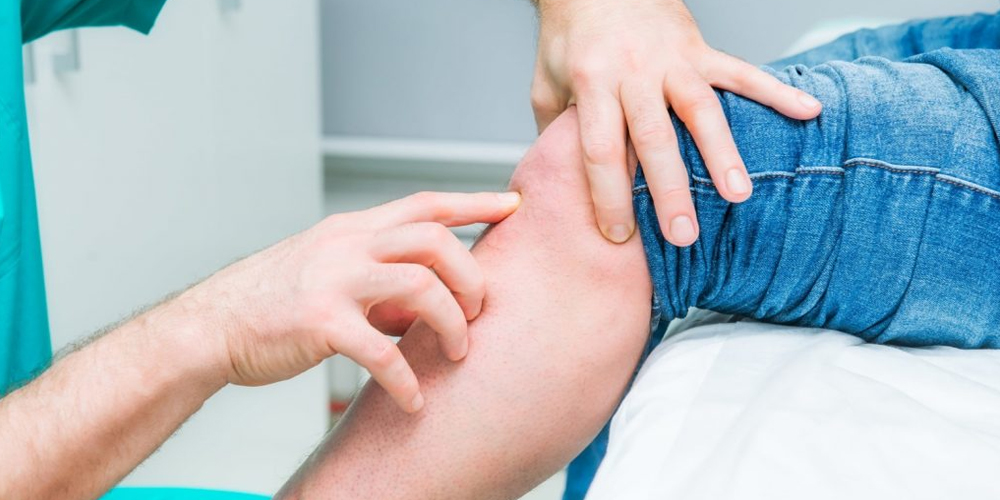
Typical candidates for knee replacement will also have some combination of the following:
Difficulty walking, going up stairs, and getting in and out of chairs
Moderate to severe pain even while resting, which may affect sleep
Knee deformity, such as bow-legs or knock-knees, that has resulted or been exacerbated by knee joint degeneration
Knee swelling and inflammation that is chronic and not controlled with medication or rest
Total Hip replacement
What and when required?
A hip replacement can be referred as a surgical method which is performed when the hip joint is either worn out or is damaged. During the surgery the head femur is replaced with a prosthetic substitute. In lay man's language prosthetic head is been used as replacement for the hip joint.
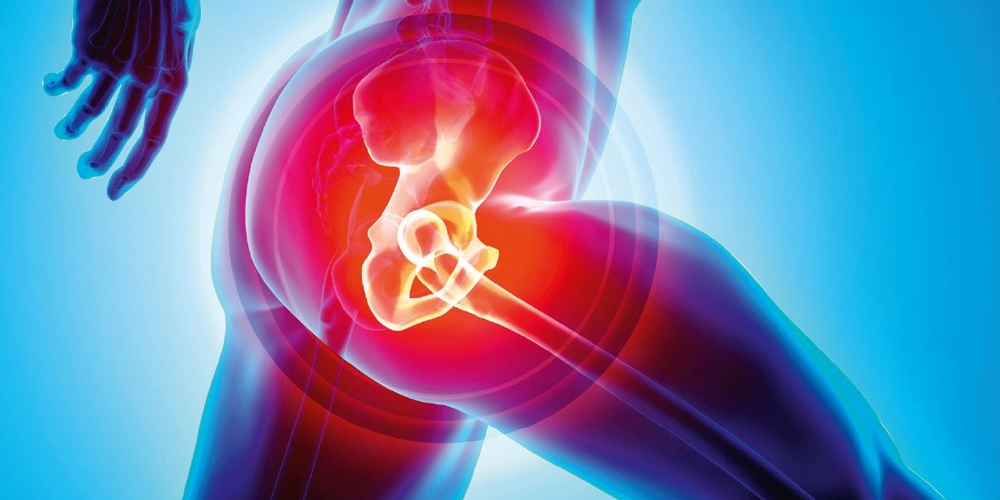
The surgery is generally required at the time, when patient's ability to move is day by day reducing and is causing pain even while resting. There are various conditions which causes hip joint damage are as follow:
1. Osteoarthritis
2. Septic arthritis
3. Hip fracture
4. Disorders that cause unusual bone growth (bone dysplasias)
Arthroscopy and Arthroscopic Ligament tear surgery( Sports injury)
Knee arthroscopy is referred to a surgical method which helps in diagnosing and treating problems related to the knee joint. This surgery is unlike the usual surgery where the patient takes time to recover. However in these kinds of surgeries the doctor creates a small incision and inserts an arthroscope (Tiny camera) in patient's knee. The camera helps the doctor to have a look inside the joint over a screen. Through this procedure a doctor can easily investigate a problem in patient's knee and if required they can also rectify it using small instruments within the arthroscope.
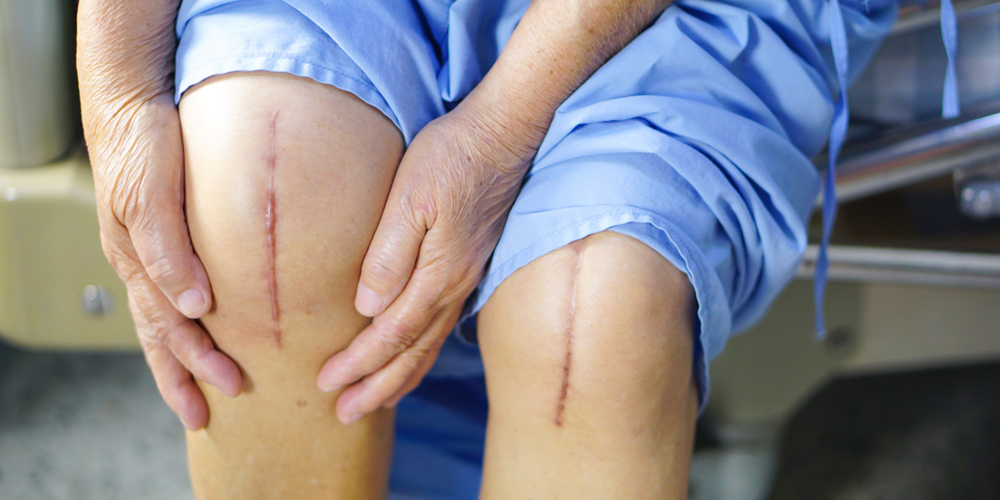
Knee arthroscopic surgery can diagnose and treat knee injuries that include :
- 1. Removing a Baker’s cyst
- 2. Fracture in the knee bones
- 3. Swollen synovium also said as the lining in the joint
- 4. Patella that has got out of position
Laparoscopic Cholecystectomy
What is this refer to and what does it do?
A laparoscopic cholecystectomy which is also known as the surgical removal of gallbladder. A laparoscopic is not same as the usual surgery, in laparoscopic cholecystectomy the surgeon makes and incision to insert a laparoscope which is a thin tube with a camera on the end. Due to the camera attached on the end the stick, shows the gallbladder and then it gets removed through another small incision.
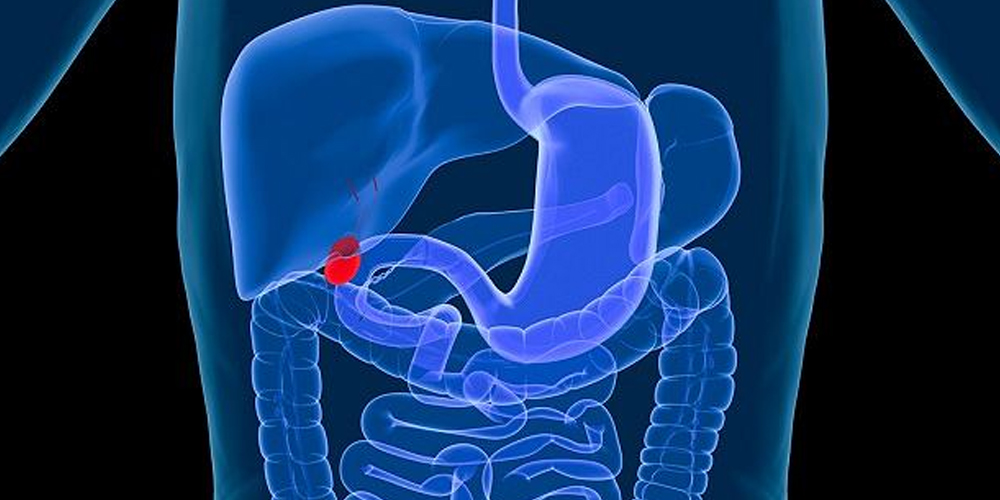
When is laparoscopic cholecystectomy required?
This procedure is required when Gallstones blacks the flow of bile out secretion out form the gallbladder into your digestive system. Due to this roadblock, inflammation of the gallbladder increase’s which can be referred as 'cholecystitis'.
Painless Delivery
What is painless delivery and is it safe?
Delivering a baby can cause a so much of pain beyond a woman's forbearance. However, there are some procedures which can, reduce the level of pain. One among them is Painless delivery and that can be referred to the use of an 'epidural injection'. This is injection is given under the guidance of an anaesthesiologist for pain relief during labour.
These injections don’t come with grunted of 100% pain relief; however, it has the ability to subside the pain and the sensation in the lower body of the patient.

As per doctors, no cases have been witness where epidurals injections have affected the mother and baby drastically. So it is safe to use the injection while in labour as it also provides calmness from exhaustion and irritability. However, it depends on patient to patient that how the medicine have reacted or caused any side effect.
Percutaneous Tracheostomy
In medical terms Percutaneous dilational tracheostomy is a procedure of placing a tracheostomy tube in the trachea without any surgical visualization. Percutaneous dilational tracheostomy is also known as "bedside tracheostomy". A small insertion is done on patient's body and this procedure can be performed in the intensive care unit or at the patient’s bedside. During the procedure patient's vital signs are continuously monitored.
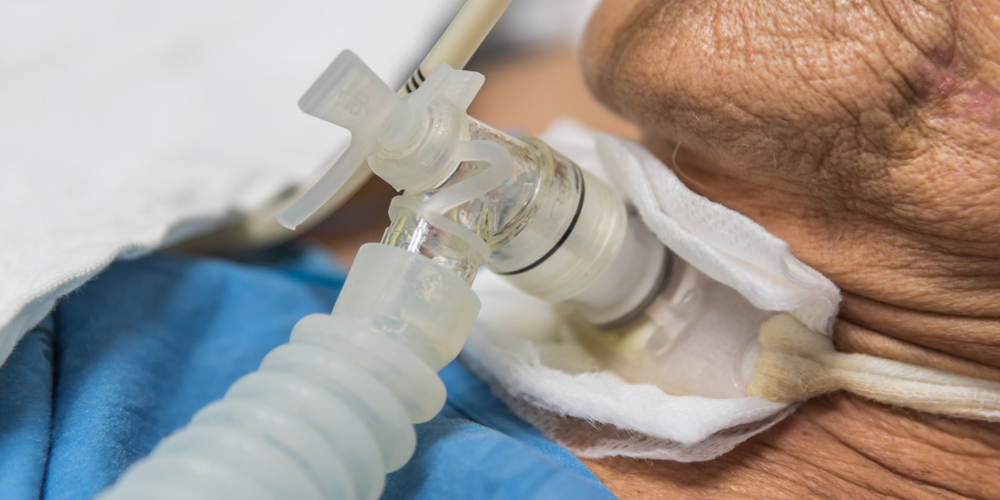
Patients who are not considered for this procedure are:
- 1. Patients who have severe coagulopathies
- 2. Children who are younger than 12 years of age
- 3. Obese patients
What Our Patients Say


multi speciality hospital with the best doctors. Very experienced and professional team of surgeons, doctors and nurses. The hospital offers a wide range of services and people choose to come to nureosurgery. This hospital provides state of the art facility and its surgeons come with extensive experience.


I am happy and very thankfull to Doctor the best doctor for my family and very familiar he is the best doctor , my wife was admitted in raffels hospital for two days we feel like as a home just because of the precious and golden nature of the doctor, very very thankfull to him.


I must say that our experience with Raffels Hospital has been delightful, Dr Kuldeep has been so warm and caring that out most difficult times were made a lot easier. I hope more people benefit from such islands of empathy.


I visited since 2016 about hapitates Raffels Hospital has experience doctors about every kind of doctors in the Hospital.
